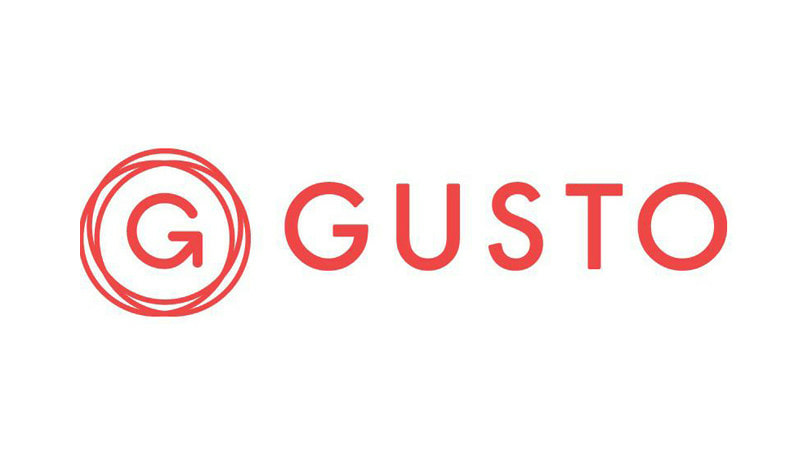Dave Lukas Chats with Kevin Smith136: How to Use Story to Close Sales and Exponentially Grow Your Business with the Story Architect, Kevin Smith
This week’s Misfit Entrepreneur is Kevin Smith. I’ve always said that one of the most powerful ways to sell a product or present a business is through story and Kevin is known as the Story Architect. His company helps startups and tech companies figure out what their story is and how to take that to market. He spent almost 2 decades leading sales and enterprise marketing, most notably with Dell, crafting and delivering thousands of powerful messages using story. In fact, in his career, Kevin has done over 10,000 pitches. Kevin realized the process he created could be adapted to all forms of communication for any company and decided to go out on his own. The company has been nominated for the best small business marketing company by the Canadian association of marketing professionals and has helped companies throughout the world significantly grow revenue and secure funding. In this episode, I’ve asked Kevin to come on give you the step by step processes for crafting the perfect story and pitch. www.TheStoryArchitect.com Show NotesKevin spent a fair amount of time at Dell, but says his story is somewhat “accidental.” He had been entrepreneurial since high school but struggled with what he would do. He went to school for entrepreneurship, but it really wasn’t teaching what he felt he needed. He started doing IT jobs and thought he would have a career in IT as a help desk person. After one company he worked for cut their workforce including him, he was asked by a recruiter if he wanted to go into sales for Dell.
Kevin was reluctant and wasn’t sure that he wanted to do sales. When he went to interview with Dell, it turned out the guy interviewing him was a former boss and hired him on the spot. He was still reluctant to do it, but found he liked the combination of selling, but helping people with the technology. He fell in love with it. He sold for 3 years and then wanted a position for very high-end technical sales, especially servers. He was rejected but studied and became the foremost server expert for Dell in Canada. He sold for a few more years and went through a few years of other promotions and then became a brand manager. He loved brand marketing and setting the marketing strategy. He did that for 6 years. It was during this time that he found some of the secrets to how to pitch because he did a lot of high-pressure pitch meetings with CIO’s, etc. He became “the go to guy” for pitching to the C-suite. He immersed himself into presenting and learning all of the secrets of great storytellers. He then was promoted to the acquisitions team and was put in charge of one of running one of the acquisitions that he spearheaded. In building his process to pitch, he realized he was building out his system/strategy for his business today, The Story Architect. At the 14:48, Kevin talks about starting The Story Architect…
At the 18 min mark, Kevin goes through his PACES framework and answers the question, “What is the most important thing that goes into crafting the perfect pitch or story?”
How do close the deal after you put PACES into effect? How do you get to ‘yes?”
What is the story blueprint?
What is important about the delivery of the pitch?
Anything else we should know on these topics?
At the 45 min mark, Kevin gives an great example of the elements of a great and the story arch using Star Wars. Biggest lessons learned about entrepreneurship?
Best QuoteTweet This: “It's hard to change someone's mind. Over time our brain’s have become hardwired that “new information = death.” It is a fear response that happens automatically. For people to accept new information, you have to put it into something they like. People like and our minds gravitate to stories.” |
|
|
$50 from LinkedIn to Help You Get the Right Person on Your Team? Why Not!
Looking for the right person to fill a role? Odds are that person is on Linked In…and chances are you are on Linked In, just about every day as well. So, why not maximize your time and LinkedIn Jobs’ ability to make it easy to get matched with quality candidates who are the best fit for your role? There is a reason so many businesses, including mine use LinkedIn Jobs to help find and secure the best talent, the power of technology and experience. People come to LinkedIn every day to learn and advance their careers, so LinkedIn understands what they’re interested in, and looking for. In fact, customers rate LinkedIn Jobs number one in delivering high quality hires... And LinkedIn recognizes you, the Misfit Entrepreneur audience, and wants to do something special for you to help you find the best candidates for your needs. Post a job today LinkedIn.com/MISFIT and they’ll give you $50 off your first job post. |
|
|
If you’ve been in business for a little while and have gone through the experience of hiring your first employee, you’ve no doubt had the rude awakening of everything you have to do for payroll. It can be almost a full time job just to cut a check if you are doing it on your own.
But, not with Gusto! Small businesses across the country love running payroll with Gusto. Gusto automatically files and pays your taxes, is super easy to use, and you can add benefits and HR support to help take care of your team and keep your business safe. 90% of customers who switch to Gusto say it was easy and 85% say running payroll is now easier than with their previous provider. And 74% of customers take less than 10 minutes to run payroll with Gusto. And as a member of Misfit Nation, you get 3 Months FREE! Just go to Gusto.com/Misfit |














